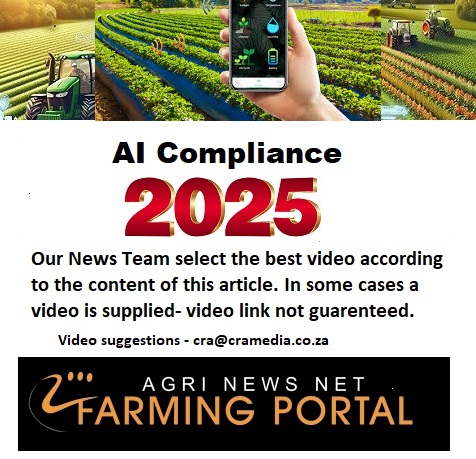If you’re clocking a 9-to-5 job, it’s time to rethink your career trajectory. By 2035, experts predict that artificial intelligence (AI) and automation will transform the global workforce, with only 35% of traditional jobs remaining in their current form. The agricultural sector, a cornerstone of South Africa’s economy, is no exception. From robots harvesting crops to AI optimizing supply chains, farming is undergoing a seismic shift that demands adaptation.The rise of AI is already reshaping agriculture. Precision farming tools, like drones and IoT sensors, monitor soil health and crop growth with unmatched accuracy, reducing waste and boosting yields.
For instance, South Africa’s 2024-25 maize harvest hit 15.8 million tonnes, up 23% year-on-year, partly due to tech-driven yield improvements. Robots now handle repetitive tasks—planting, weeding, and harvesting—while AI algorithms predict market demands and streamline logistics.
By 2035, these technologies could automate up to 60% of current farm tasks, particularly in large-scale operations.But this isn’t a death knell for jobs; it’s a call to evolve. Roles in AI system design, data analysis, and tech maintenance are emerging, demanding skills in coding, robotics, and analytics. Smallholder farmers, who produce 70–80% of sub-Saharan Africa’s food, will need training to adopt affordable AI tools, like fertigation systems or mobile apps for market access. The R2 billion Soufflet Malt plant in South Africa, set to procure 125,000 tonnes of barley by 2028, exemplifies how tech investments create new opportunities, blending automation with local farming.

















